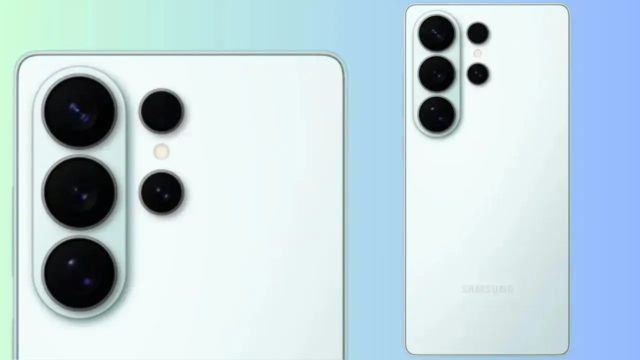Google has shared Android Auto beta version 14.9 with users. This update includes a number of improvements that impact Android Auto’s overall appearance and user experience. The most notable change is the system’s transition to the new Material Design approach.
Android Auto will feature a new design
After the update, the Android Auto interface is now customized with brighter and more vibrant colors that match the phone’s wallpaper. This makes the user interface more personalized and dynamic.

The improvements in Android Auto 14.9 aren’t limited to visual changes. Google Maps also includes some details that streamline the user experience. The Maps search bar has been enlarged. New shortcut icons have also been added for quick access to your home or workplace. These small design touches make finding directions more convenient while driving.
One of the most significant changes to the system concerns the voice assistant. Google Assistant is set to be replaced by a new digital assistant called Gemini. Google Assistant had limitations, particularly in understanding languages other than English and engaging in natural conversations.
Gemini is described as a more advanced AI system that aims to address these vulnerabilities. With the update, testing of Gemini’s integration with Android Auto has begun.
Version 14.9 is currently available only to users who are enrolled in the Android Auto beta program. However, users who wish can access the update early through manual installation by downloading the APK file. However, the warning is that beta versions can be unstable and cause various issues in daily use.
These developments indicate that Android Auto is progressing towards offering a more flexible, customizable, and multilingual AI-supported driving experience. Samsung is also known to be working on the Auto DeX system.
This system aims to provide an alternative to the connectivity issues experienced between Android Auto and Galaxy phones. The simultaneous development of these two systems highlights the increasing competition in smart car interfaces.













